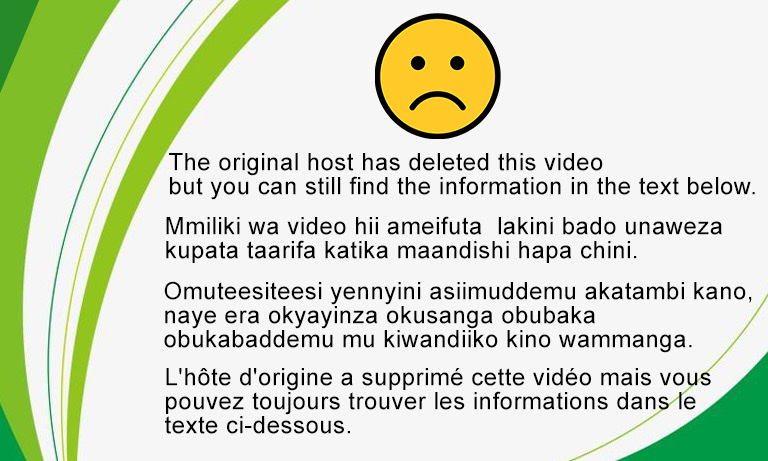Worldwide the most important fish species raised include Nile tilapia, which is one of the most popular fish species for small-scale aquaculture farmers. It is fast growing, disease resistant, and tasty when cooked and would need 7 to 8 months to reach the adult stage.
Catfish are another fish species that can be hatched. These can survive in a range of water conditions and reaches maturity between 8 to 10 months.
Carp fish. Though not popular in North America, they are the most widely consumed fish worldwide. They are extremely resilient, fast-growing, and maintain good water quality in tanks.
Trout. These grow very slowly but have an extremely excellent flavor when cooked. These require cool water and the water quality needs to be good.
Salmon fish. this has similar growth requirements to the trout though is very sensitive to poor water quality and reaches adulthood in 16 to 20 months.
Site selection
Biological factors to be considered include; the species of fish to be reared should be known because not all fish can be cultured in a water body and stocking materials such as spawners which are the fish that’s used for reproduction should be available.
Fry or fingerlings should be readily available for stocking.
Ensure that the sight you are choosing can allow you access services that are directly or indirectly attached to aquaculture like transport systems, storage facilities and markets.
You need to have decided which species you are going to raise depending on the available foods eg agricultural bi-products and the kind of manure available.
Considerations
Site selection will depend on the kind of fish farm you plan to use for example for ponds, you need to consider soil type, quantity and quality of the water available, and the requirements for filling and drainage of the pond.
The type of soil influences both the productivity and water quality of a pond. The most important soil factors to examine are soil texture, particle, size composition and porosity or permeability.
The pond bottom must be able to hold water and have a low porosity like clay and the soil should also contribute to the fertility of the water by providing nutrients.
You need a constant water supply not only to fill up the pond but also to compensate for the losses due to evaporation and seepage.
Water temperature is an important factor in accessing whether the fish species selected can be raised.
Water salinity should also be considered because some fish can withstand high salinity levels than others.



















